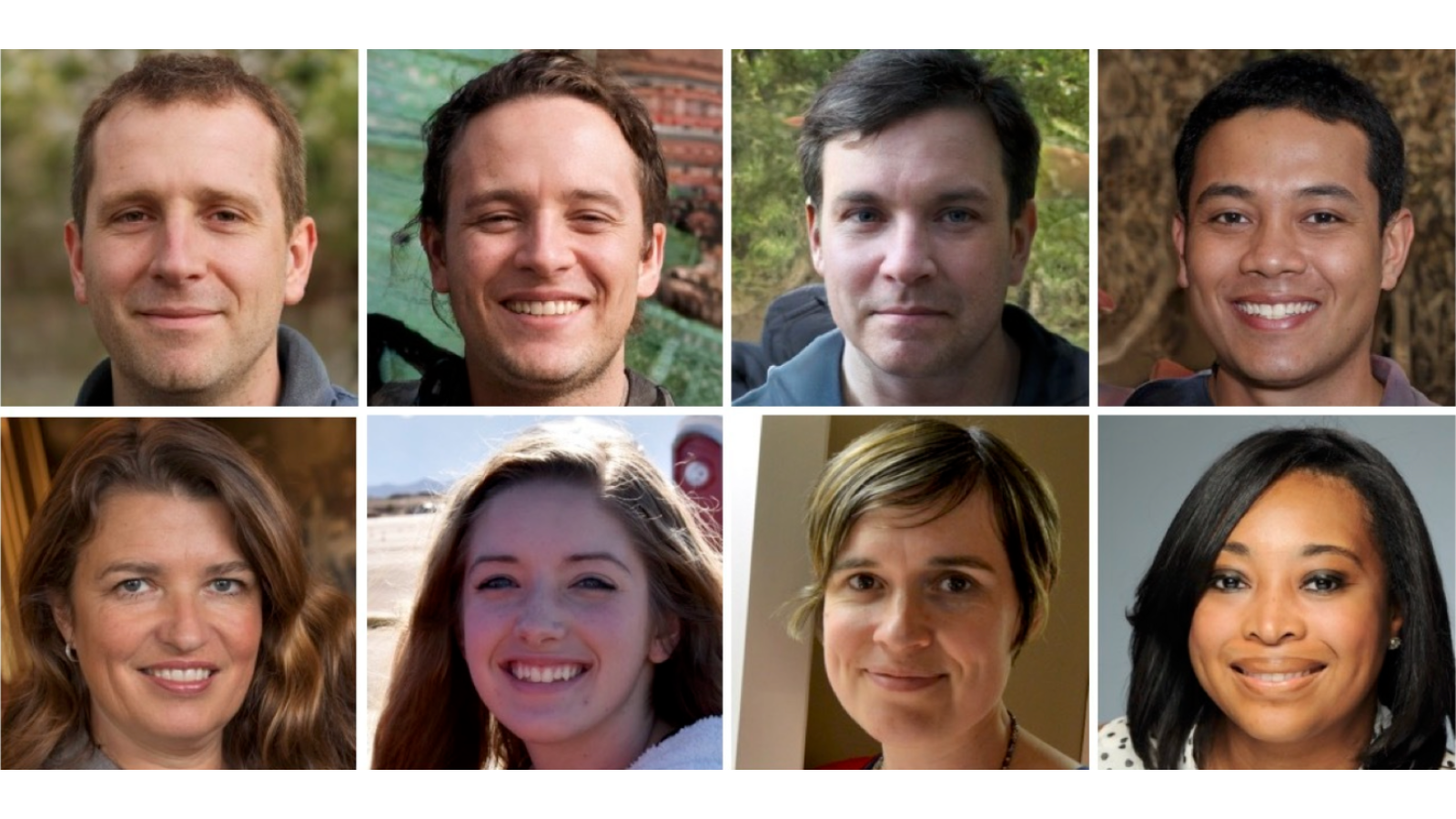This Florida City Is Nation's Happiest for 3rd Year in a Row
Residents of the Naples-Immokalee-Marco Island metro area reported the highest scores on a Gallup-Sharecare's survey of well-being, conducted in 2016 and 2017. The survey included people in 186 U.S. metro areas, and the scores were averaged over a two-year period.
Overall, the Naples metro area scored 67.6 out of 100 on the survey's measure of well-being. Runners-up in the poll include Barnstable Town, Massachusetts, in the second position, and Boulder, Colorado, in third, according to Gallup-Sharecare. [The Happiest US Communities: Full List]
The Naples metro area is no stranger to the top spot — the area also had the highest well-being scores in the 2014-2015 poll and the 2015-2016 poll.
What's more, well-being scores in the Naples area have continued to improve, despite recent declines in well-being in the state of Florida overall, and in the nation. (Last year was a particularly bad one for Americans' happiness, with a record number of states reporting declines in their residents' well-being in 2017, according to another recent Gallup-Sharecare poll.)
"The continued strong well-being measured in the Naples, Barnstable Town and Boulder communities is impressive and illustrates that well-being locally can remain high amid declines nationally or regionally," Dan Witters, research director for the Gallup-Sharecare Well-Being Index, said in a statement.
The rankings are based on interviews with more than 337,000 U.S. adults in all 50 states, conducted from January 2016 through December 2017. The researchers calculated a well-being score for each community based on the participants' answers to questions about different aspects of their well-being, including their sense of purpose, social relationships, financial lives, community involvement and physical health.
Many of the nation's top cities for well-being were concentrated in five states: California was home to seven of the top 25 communities in the well-being rankings, while Florida was home to four, Gallup-Sharecare said. Colorado, North Carolina and Virginia each had two communities in the top 25.
Get the world’s most fascinating discoveries delivered straight to your inbox.
In contrast, the lowest-ranking communities for well-being in the 2016-2017 poll were Gulfport–Biloxi–Pascagoula, Mississippi; Canton–Massillon, Ohio; and Fort Smith, which is on the border of Arkansas and Oklahoma.
Some communities stood out for having relatively high well-being scores, despite being located in states that ranked low in well-being out of the 50 states. For example, Ann Arbor, Michigan, and Lancaster, Pennsylvania, were among the top 25 well-being communities, despite being located in states that placed in the bottom half of state well-being rankings in 2017, Gallup-Sharecare said.
Communities with high well-being scores tended to share certain attributes; for example, they tended to have low scores for obesity, smoking and daily pain, and high scores for regular excise, healthy eating and "liking what you do each day," Gallup-Sharecare said. Residents in the Naples area had some of the lowest scores for worry, depression and stress (meaning they experienced little of those negative emotions), and they also scored highly on "making time for regular vacations or trips with family and friends," the poll found.
"Beyond being bright spots within our nation, the top well-being cities…are well positioned to serve as examples for communities all across the rankings list," Ashlin Jones, vice president of research and data sciences at Sharecare, said in a statement.
"No two communities are exactly alike; each one has its own unique strengths, challenges and identity," Jones said. "As we look to improve well-being locally, it's important for leaders and well-being experts to collaborate and share best practices, while tailoring approaches to meet the distinct needs of each community," she said.
Original article on Live Science.

Rachael is a Live Science contributor, and was a former channel editor and senior writer for Live Science between 2010 and 2022. She has a master's degree in journalism from New York University's Science, Health and Environmental Reporting Program. She also holds a B.S. in molecular biology and an M.S. in biology from the University of California, San Diego. Her work has appeared in Scienceline, The Washington Post and Scientific American.


